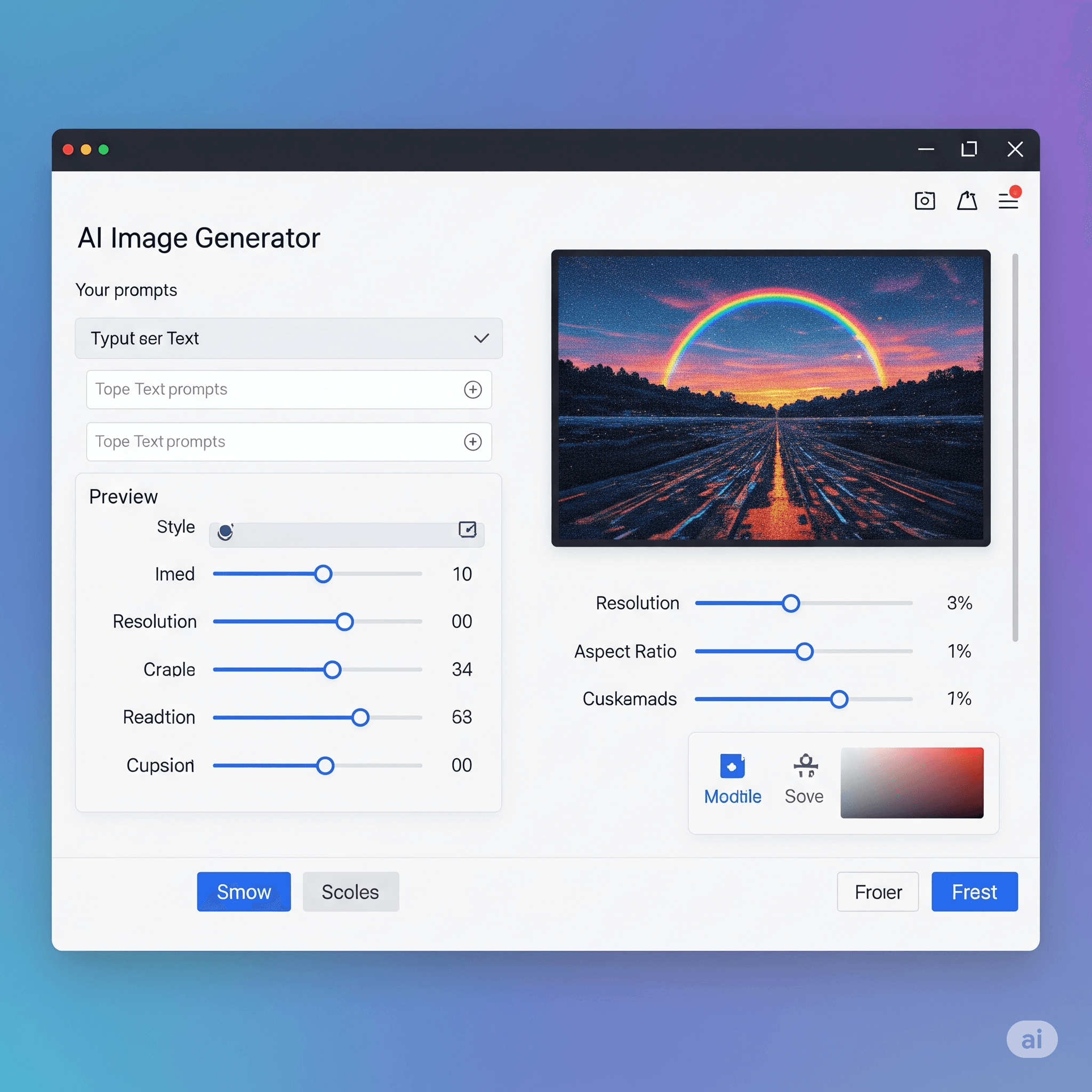Question: In the Reno TCP, when TCP enters the fast recovery, if a timeout occurs, TCP ____________________________________.
Answer:
- Yes, that's correct. In the Reno TCP, if a timeout occurs while the sender is in the fast recovery state, TCP transitions back to the slow start state. This is because a timeout is an indication of severe congestion and it's better to start over with a smaller congestion window (cwnd) and slowly ramp up the sending rate again.
- When TCP enters the slow start state, it sets the cwnd to one MSS and starts increasing it linearly for each ACK received. The ssthresh is also set to half of the current cwnd value to allow for a smooth transition back to the congestion avoidance phase.
- Once the cwnd reaches the ssthresh value, TCP transitions back to the congestion avoidance phase and resumes the additive increase algorithm to slowly increase the congestion window size.
MCQ: In the Reno TCP, when TCP enters the fast recovery, if a timeout occurs, TCP ____________________________________.
Correct Answer:
A. stays in this state, but the cwnd grows additively
Explanation:
- Yes, that's correct. In the Reno TCP, if a timeout occurs while the sender is in the fast recovery state, TCP transitions back to the slow start state. This is because a timeout is an indication of severe congestion and it's better to start over with a smaller congestion window (cwnd) and slowly ramp up the sending rate again.
- When TCP enters the slow start state, it sets the cwnd to one MSS and starts increasing it linearly for each ACK received. The ssthresh is also set to half of the current cwnd value to allow for a smooth transition back to the congestion avoidance phase.
- Once the cwnd reaches the ssthresh value, TCP transitions back to the congestion avoidance phase and resumes the additive increase algorithm to slowly increase the congestion window size.
Discuss a Question
Related Questions
- 1. In the Reno TCP, when TCP enters the fast recovery, if a new (non duplicate) ACK arrives TCP ____________________________________.
- 2. A later version of TCP, called ______ TCP, made an extra optimization on the _______ TCP.
- 3. In the slow start algorithm, the size of the congestion window grows ______________ until ___________________.
- 4. In the congestion avoidance algorithm, the size of the congestion window grows ______________ congestion is detected.
- 5. The congestion window size, after it passes the initial slow start state, follows a saw tooth pattern called _________________________________.
- 6. The __________________ technique is one of the open-loop congestion policy
- 7. The __________________ technique is one of the close-loop congestion policy
- 8. IP is a _________ protocol.
- 9. An HLEN value of decimal 10 means _______.
- 10. If the fragment offset has a value of 100, it means that _______.
You may be interested in:
Computer Networking MCQs






